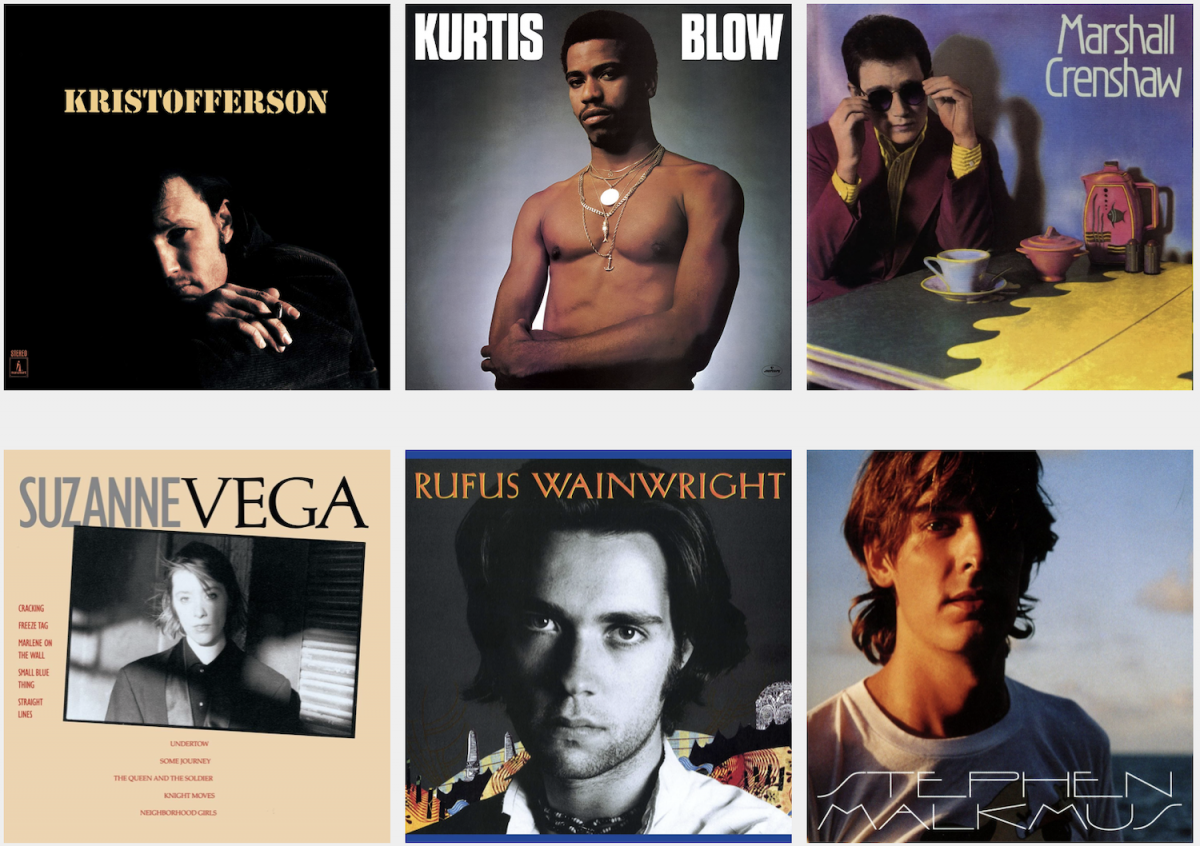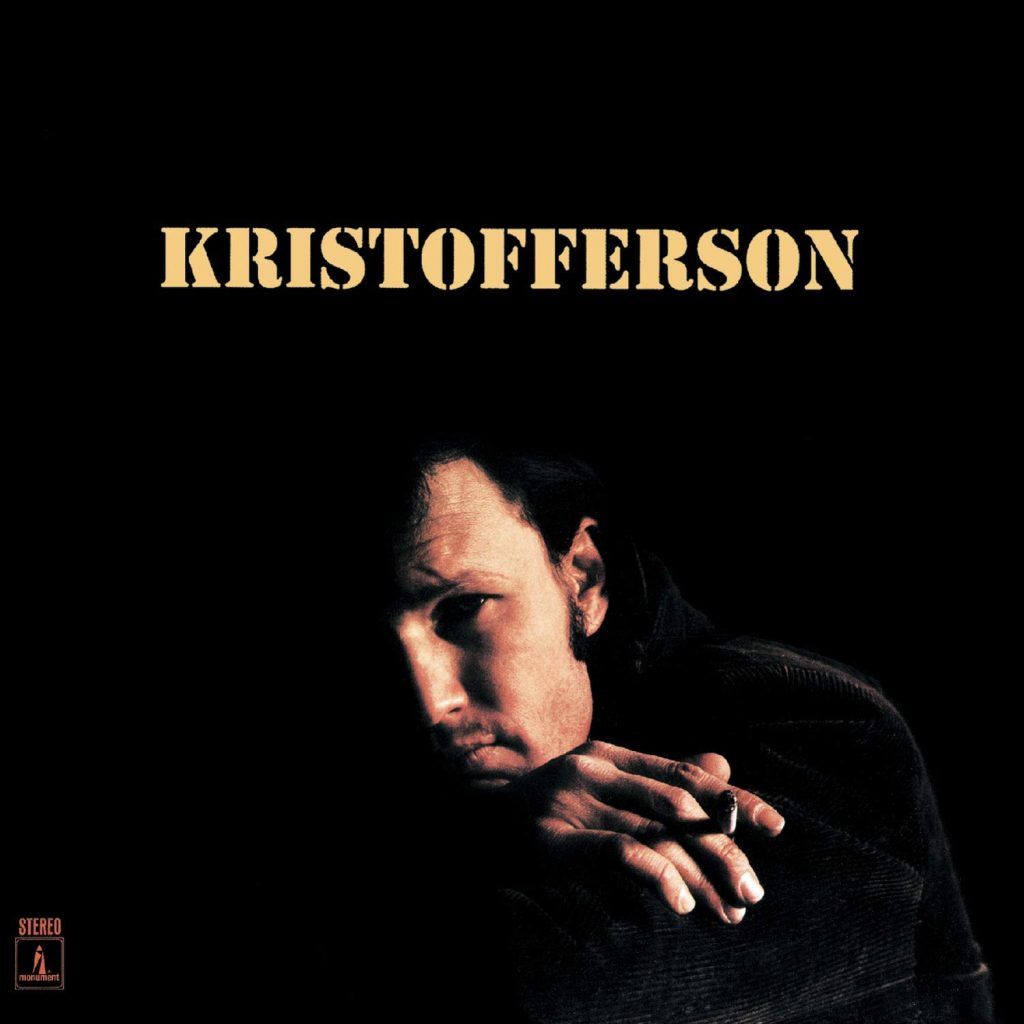
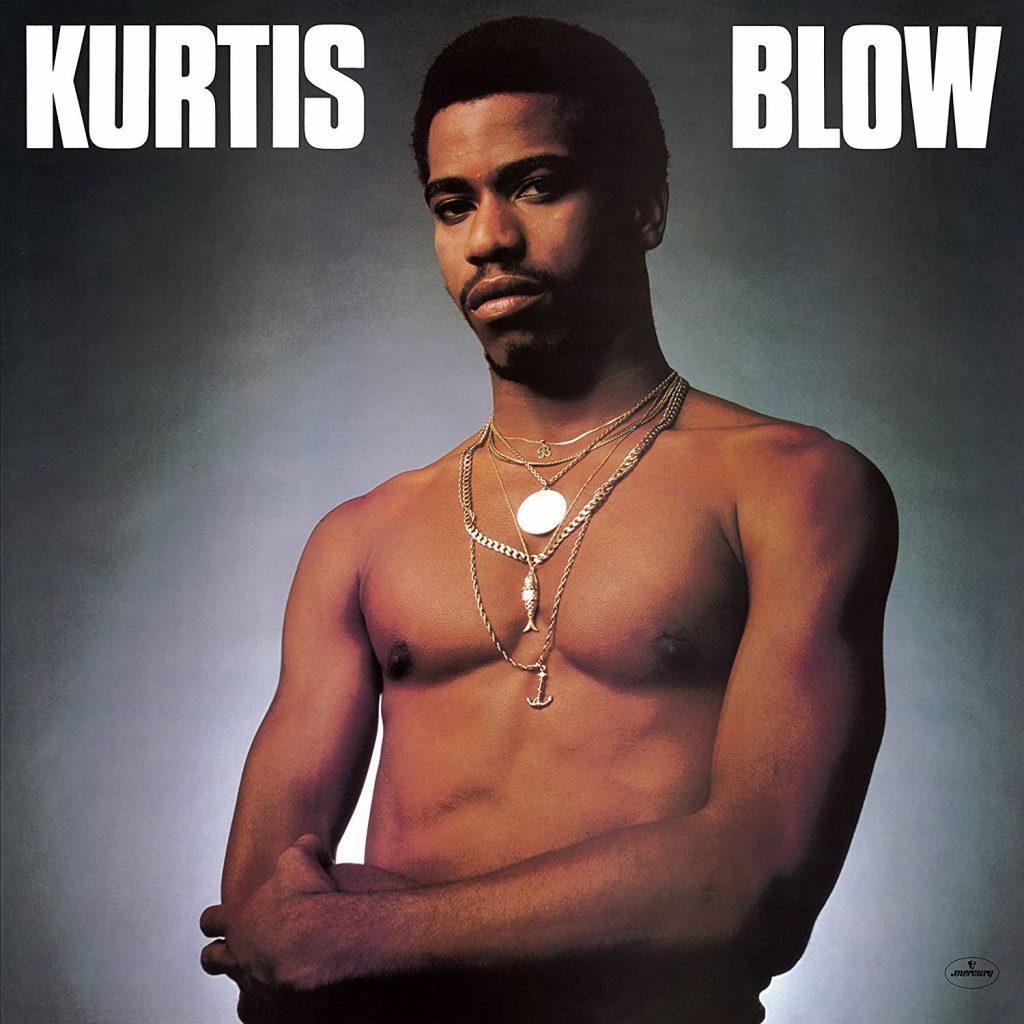
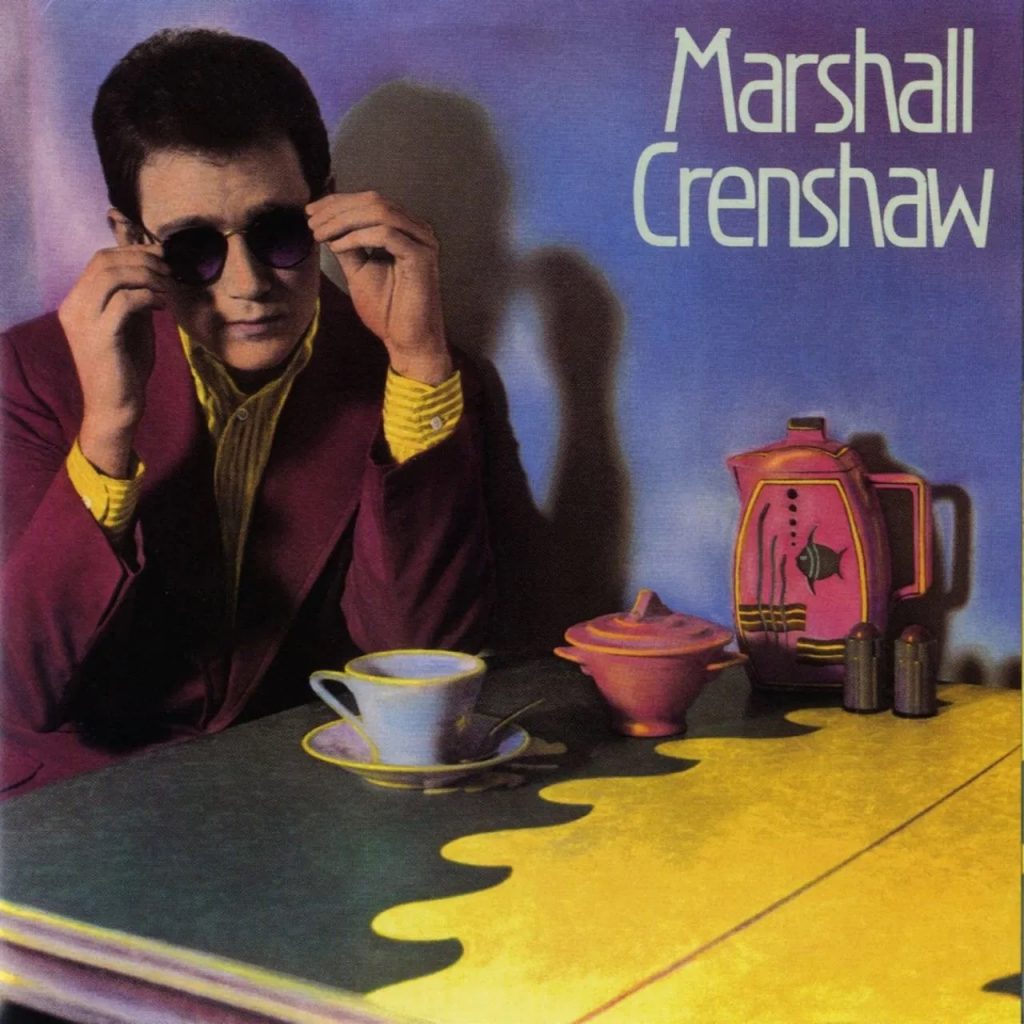
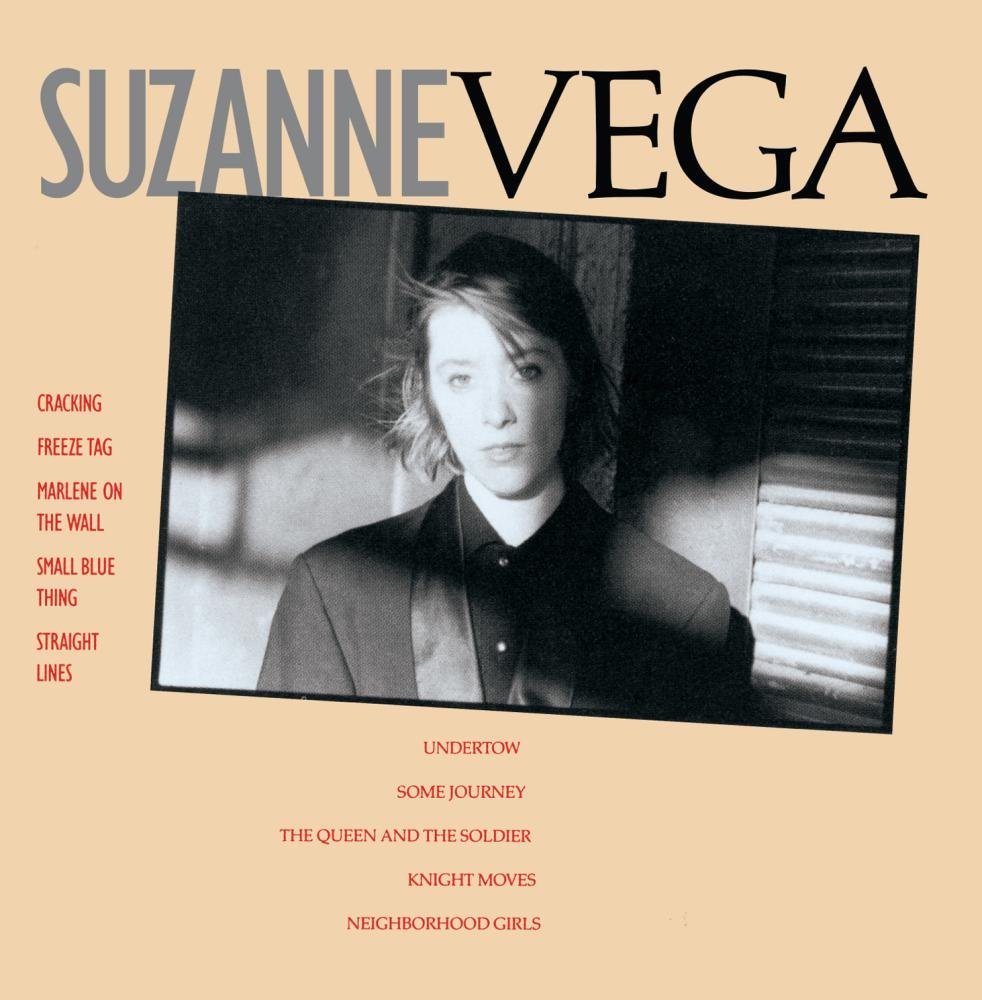
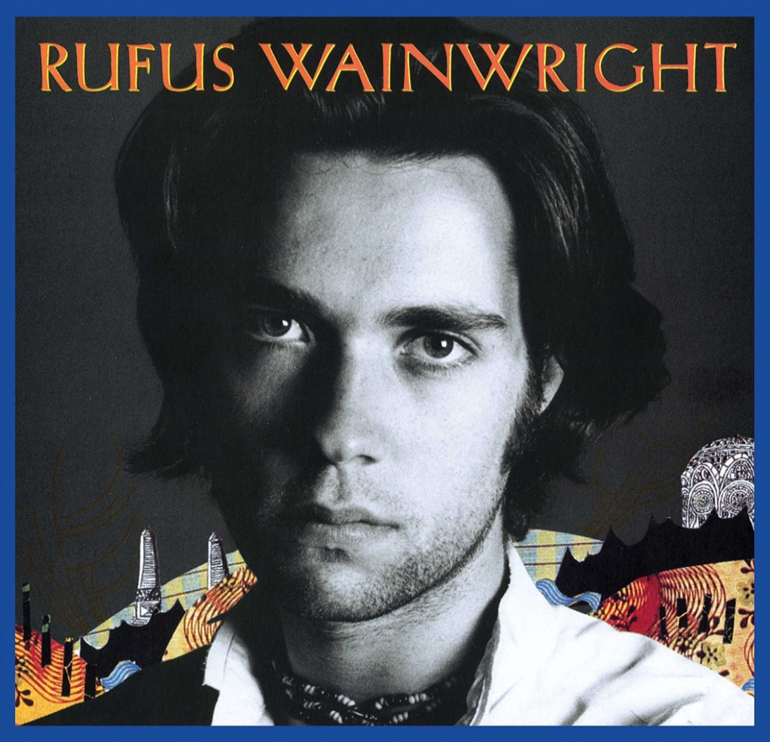
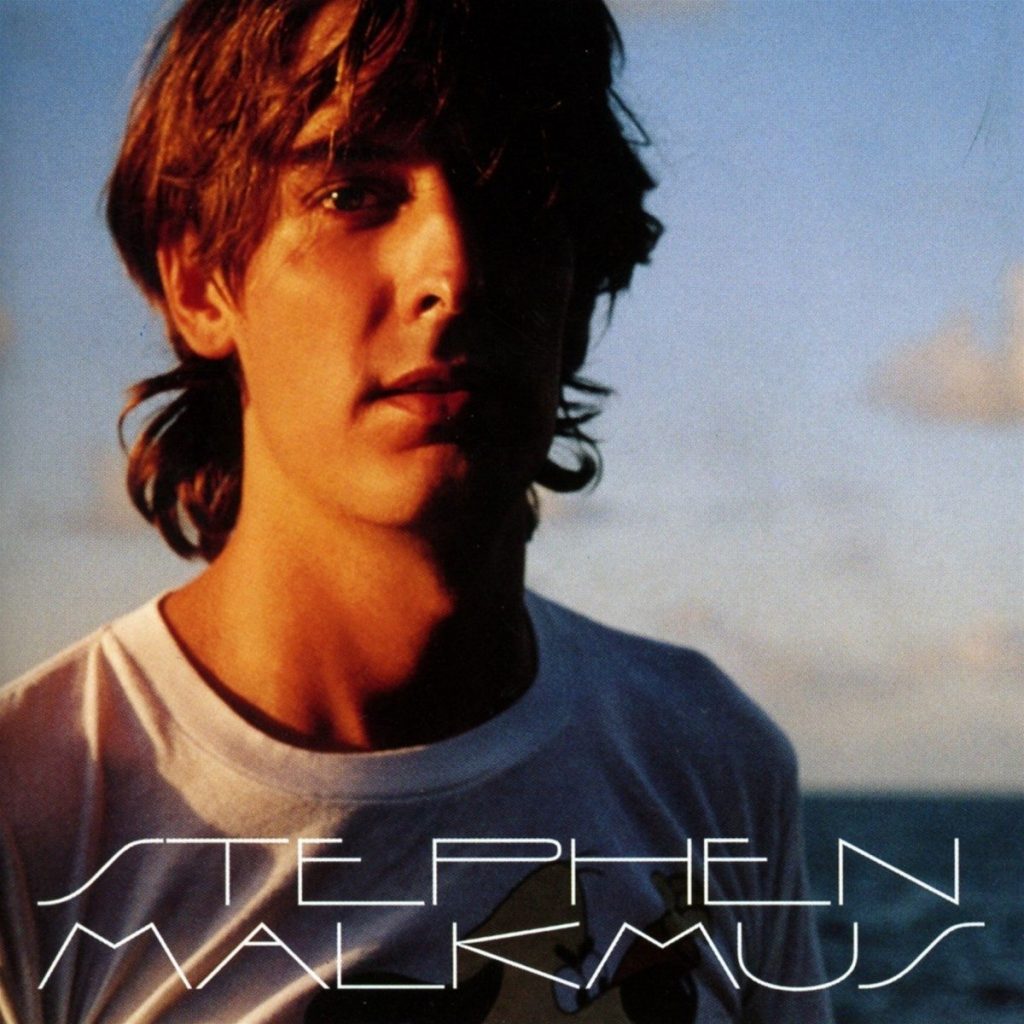
The self-titled solo debut is the primary contribution of the singer/songwriter era, during which Bob Dylan, Tim Buckley, Randy Newman and Joan Baez were introduced to the world via albums named after, uh, themselves. It may seem archaic and narcissistic, but the ploy has outlasted the days of the chest-unburdening troubadour. Peter Gabriel, in a fit of George Foreman-like nomenclature pique, issued three consecutive self-titled albums. Dylan, Dr. Dre and Julian Cope went so far as to name songs after themselves, with Bo Diddley emerging as the crown prince of this practice, having released more than 30 songs with either “Bo” or “Diddley” in the title. (Our favorite: “Bo Diddley-itis.”) These albums represent MAGNET’s take on the finest eponymous solo debuts.
KRIS KRISTOFFERSON Kristofferson (Monument/Legacy)
Kris Kristofferson had been banging around Nashville for several years as a songwriter by the time he cut an album of his own material in 1970. His vocal range may have been limited—at one end was a cigarette-scarred croak, on the other a plain-brown-wrapper baritone—but the songs themselves were unbeatable. “Help Me Make It Through The Night” was covered by Sammi Smith and became a number-one country single; Johnny Cash turned “Sunday Mornin’ Comin’ Down” into a number-one hit; “For The Good Times” was Ray Price’s turn at the top of the country charts; “Me And Bobby McGee” went to the top of the pop charts posthumously for Janis Joplin. Oddly, Kristofferson initially stiffed. It wasn’t until it was repackaged the following year with a different title (Me & Bobby McGee) and a new, hirsute photo more in tune with the times that it finally went gold. I Me Mine: The world was first exposed to Kristofferson via Sports Illustrated’s “Faces In The Crowd” column, which noted his high-school achievements in football, rugby and track. He has also been a Rhodes scholar, a helicopter pilot, an Army captain, a janitor and an actor.
KURTIS BLOW Kurtis Blow (Mercury)
During hip hop’s old-school era, singles were the coin of the realm. Lengthy tracks dominated by a disco beat provided the foundation for the freestyle raps that fueled street parties throughout the New York City area. By the time Curtis “Kurtis Blow” Walker’s solo debut was released in 1980, he was—along with the Sugarhill Gang, whose “Rapper’s Delight” became the genre’s first hit—one of the few artists in hip hop to release a full-length album. Many of the sonic elements now recognized as classic hip hop can be located on Kurtis Blow. Walker employed 25 “party people” in the studio to give his album a street-wise vibe and predated Grandmaster Flash’s “The Message” with his own pair of socio-politically aware tracks, “Hard Times” and “The Breaks.” Walker’s solo debut also included two songs on which he sang: Ballad “All I Want In This World (Is To Find That Girl)” undoubtedly influenced LL Cool J’s later romance-rap efforts, while a cover of “Takin’ Care Of Business” acknowledged the link between hip hop and guitar-based rock that characterized early Run-DMC. I Me Mine: The success of Kurtis Blow led to the biggest night of Walker’s career later in 1980, when he opened for Bob Marley at NYC’s Madison Square Garden in front of a crowd of more than 20,000.
MARSHALL CRENSHAW Marshall Crenshaw (Warner Archives/Rhino)
By the time Marshall Crenshaw’s debut hit stores in 1982, power pop was in full bloom. The Romantics, the Vapors, Elvis Costello And The Attractions, the Knack and Cheap Trick had each landed on the charts. Crenshaw was perhaps the most consummate craftsman of the bunch (Costello excepted; in America, Crenshaw was actually marketed as a Yank version of Costello), and his debut showed it. His sugar-dipped, three-minute songs still sound ready-made for the radio; his best-known composition, “Someday, Someway,” actually hit the target, while a couple others, “She Can’t Dance” and “Rockin’ Around In N.Y.C.,” came damn close. The album earned Crenshaw favorable comparisons to Buddy Holly and the Everly Brothers, as well as a rare four-and-a-half-star review from Rolling Stone. I Me Mine: The Holly comparisons—both physical and musical—may have bothered Crenshaw early in his career, but he had shrugged them off by the time he agreed to play Holly in La Bamba, the 1987 Ritchie Valens biopic.
SUZANNE VEGA Suzanne Vega (A&M)
When Suzanne Vega’s dense, deeply personal debut was released in 1985, there was effectively no market for the kind of beatnik-inspired, acoustic poet pop in which she traded. There were also very few peers—perhaps Natalie Merchant’s 10,000 Maniacs came closest—to whom Vega could be compared. After attending the Fiorello H. LaGuardia High School of Music & Art and Performing Arts (see: Fame) and graduating from Barnard College with a literature degree, Vega began frequenting Greenwich Village coffeehouses and folk clubs and adopted Lou Reed’s gritty urban filter. “Cracking” is effectively her sung/spoken take on “Walk On The Wild Side,” while other tunes document NYC’s daily dramas with Velvets-like force. The album was a surprise success in England, where it went platinum and laid the groundwork for later hits “Luka” and “Tom’s Diner.” I Me Mine: Vega married and divorced her producer, Mitchell Froom. Their daughter Ruby inspired the title for Soul Coughing’s 1994 debut, Ruby Vroom.
RUFUS WAINWRIGHT Rufus Wainwright (DreamWorks)
Rufus Wainwright, the son of folk singers Loudon Wainwright III and Kate McGarrigle, is one of the best extant examples of credible second-generation stardom. Wainwright has been playing piano since the age of six, and by 13, he was touring with mother Kate, aunt Anna and sister Martha as part of the McGarrigle Sisters And Family ensemble. So by the time his 1998 debut was released, he was an old show-biz hand. The album’s lush arrangements, ornate orchestration and complex, layered compositions bore more in common with the Tin Pan Alley tradition than the sort of singer/songwriters who surrounded him at the time. By turns romantic (“Baby,” “Imaginary Love”), hilariously observational (“Millbrook,” “April Fools”) and painfully confessional (“Barcelona”), Wainwright surpassed his second-generation-rock-star brethren and established a career meant to be evaluated on its own artistic merits. I Me Mine: Wainwright has certainly survived his share of troubled times. Openly gay since his teens, he was raped in London’s Hyde Park at 14 and later became addicted to crystal meth, during which time he temporarily went blind from drug abuse. In 2002, he made a cameo as an addict on Britcom Absolutely Fabulous.
STEPHEN MALKMUS Stephen Malkmus (Matador)
After spending a decade advancing the indie-rock cause with Pavement, Stephen Malkmus was ready for a retreat from the parapets. Playful where the last few Pavement albums had been anything but—and light and spacious where his band’s later work had begun to slide into claustrophobia—Stephen Malkmus avoided the typical solo debut’s penchant for gravity and earnestness by unearthing material that likely wouldn’t have made the cut with Pavement (“Jo Jo’s Jacket” was a stream-of-consciousness tribute to Yul Brynner) and was all the better for it. This 2001 effort’s catchy, uncomplicated ode to freedom set the stage for Malkmus’ return to a band setting with subsequent releases, credited to Stephen Malkmus And The Jicks. I Me Mine: Malkmus originally intended to call the album Swedish Reggae and release it through a label in Portland, Ore. (where he’s lived since Pavement disbanded); the title only changed at the 11th hour at Matador’s behest, once the record company decided to release his debut after hearing it for the first time.
—Corey duBrowa


